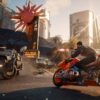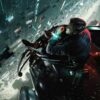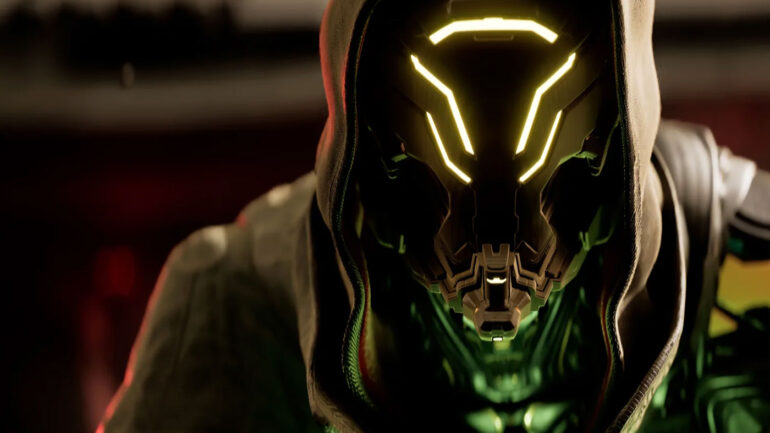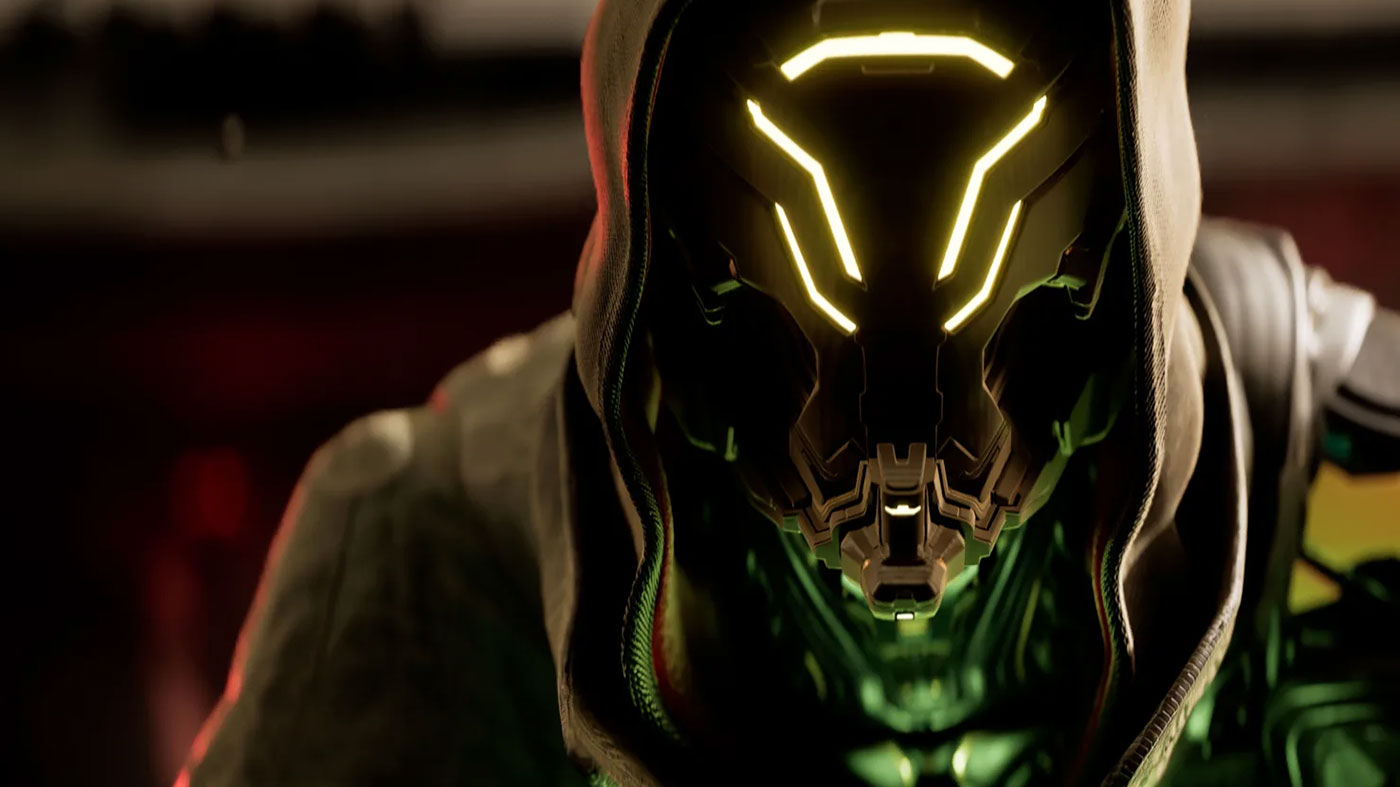The first thing that springs to mind when I consider my time with Ghostrunner II is “careful what you wish for”. I closed my critique of the first game’s expansion Project Hel with the conclusive hope that One More Level might explore the world outside of the Dharma Tower, to broaden the horizon and blood new players in this wild, cyberpunk future. In an attempt to go big, I feel as though Ghostrunner’s sequel loses the focus and soul of what made the original such a spectacle.
Jack’s humanity has long been the lynchpin for the stories told within the series, whether directly or when juxtaposed against Hel’s cold, inhuman form, and he once again finds himself fighting for the greater good in Ghostrunner II. However, without The Architect pulling the strings and jostling for control within the Tower, the power vacuum falls to an unrelenting gang of Asura, the original Ghostrunners. With the resources and manpower of hopeful revolutionaries The Interface Council at his heels, it feels as though there have never been more players to keep tabs on. The resultant incoherence still has a few terrific reveals that build out the world’s lore, but it ultimately feels a bit messier than the original.
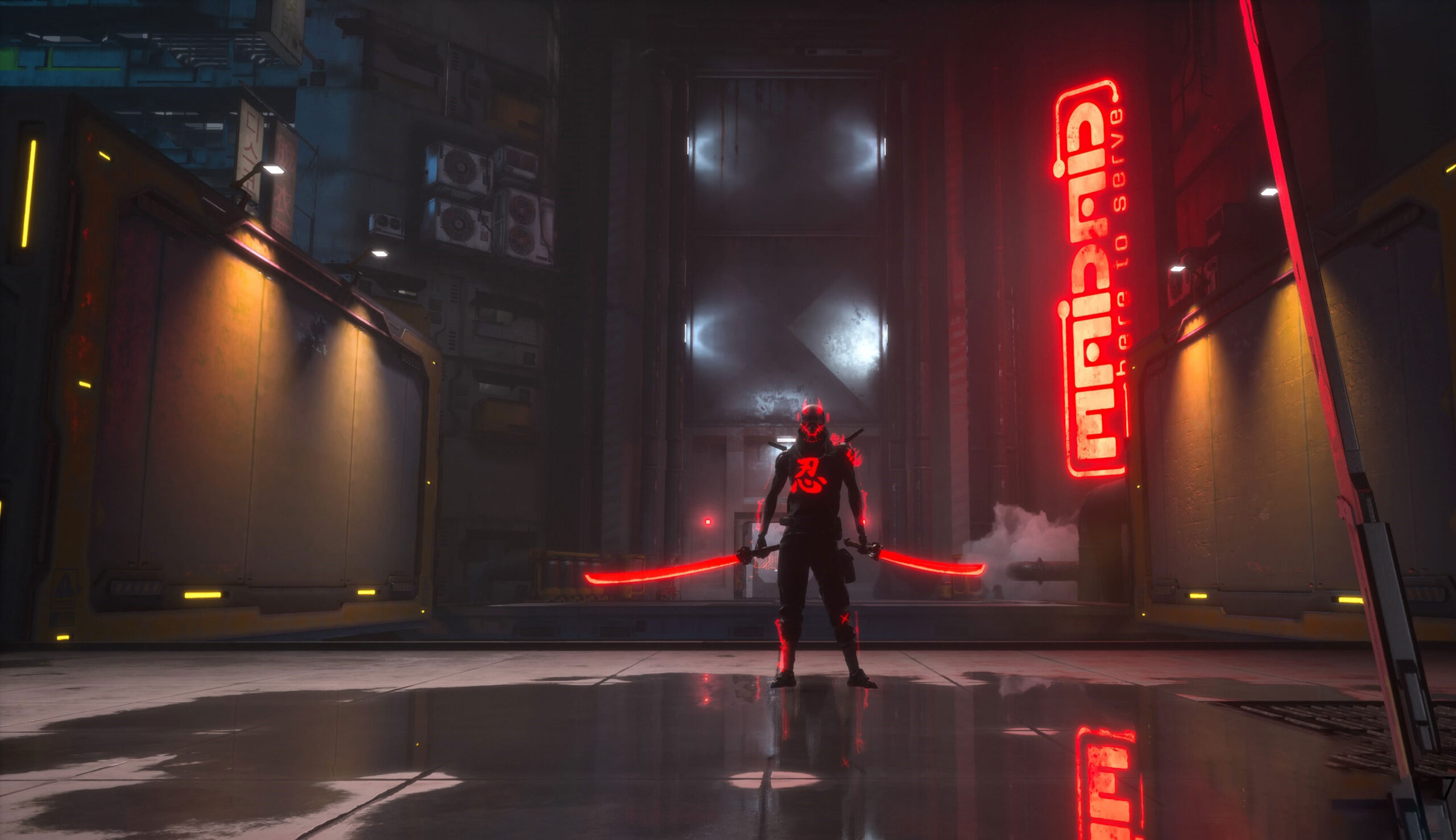
Similarly, the main campaign feels disjointed and poorly paced. The first game, which benefited in retrospect from being set within one location, felt more focused and linear, and it dished up maps that played to the game’s strengths. Parkour felt fast and fluid, and combat was tense and up close like getting into a punch-on in a closet. Several of the choices made in this sequel do nothing to serve those same strengths, it’s actually full of questionable oddities that kill the flow and whatever momentum you manage to build. Not only does sliding down sloped platforms not yield the same boost it once did, but the introduction of blocking and enemy variants that require a ‘stop, prop and parry’ approach also does little to favour ceaseless movement within the game’s arenas. For a game that values marrying movement and violence, these feel like flaws of design and they’re only further compounded by an entirely new mechanic, which I won’t spoil, that is introduced solely for the last level which, to me, never speaks to a singular, clear vision.
The first game felt so assured and confident in its design principles, it’s almost as if another team entirely were asked to run with the franchise and try to make it work. That’s how unpolished and lacking finesse it can be, especially once it devolves into a game that is profoundly not Ghostrunner.
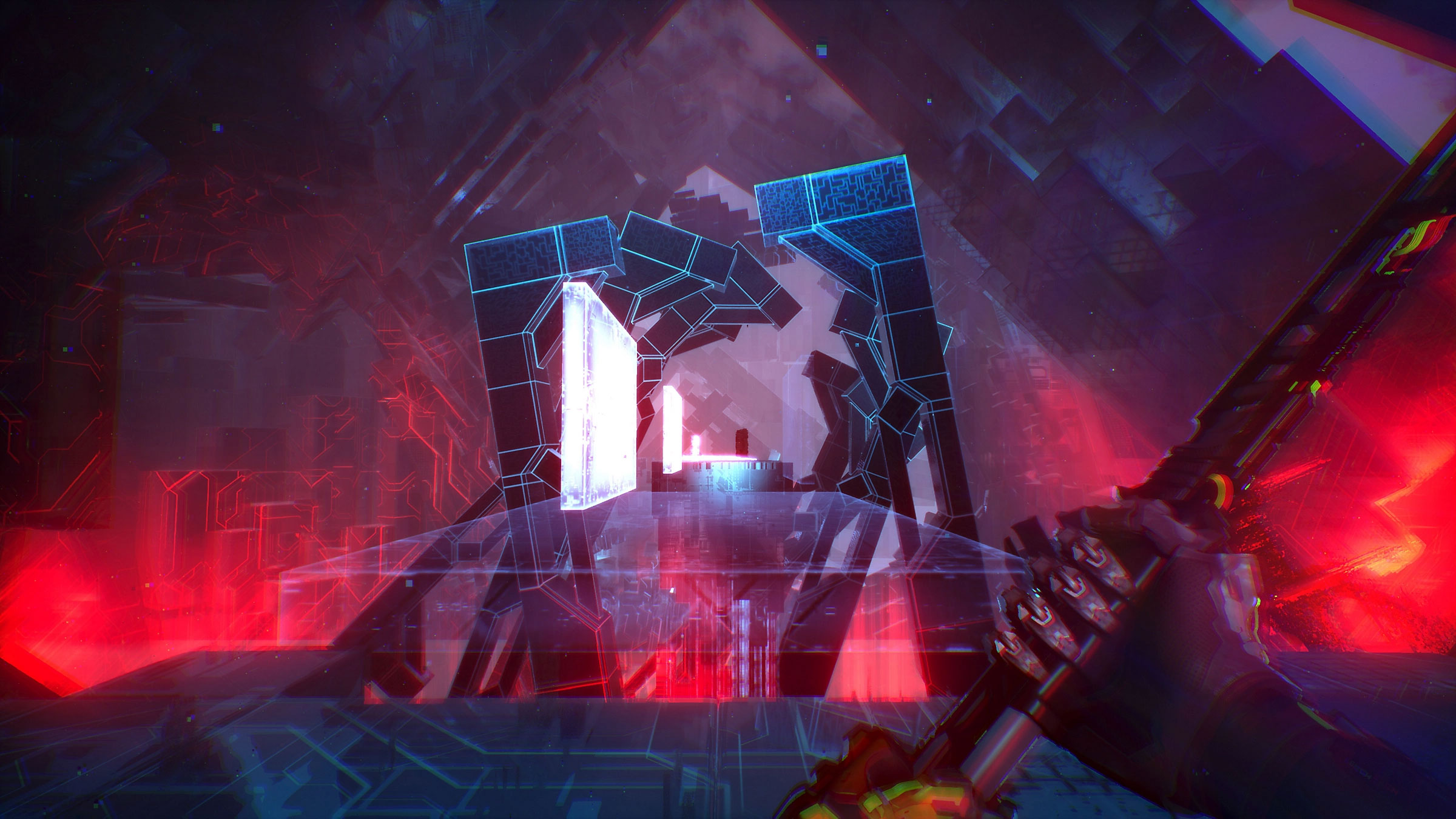
Bogging down the action by debriefing at The Interface Council’s headquarters after every other mission, along with many of the things I’ve already mentioned, simply feels antithetical to the original game’s ethos. It serves little functional purpose as all of the actionable tasks, like equipping skills, can be done mid-mission, and the exposition could be delivered over comms. Of the new features, RogueRunner.exe feels most at home within the context of Ghostrunner. It’s accessible through the main menu and serves as a gauntlet that tests players’ combat and parkour proficiencies and rewards participants with cosmetic prizes. This time around there are optional terminals throughout Dharma that similarly throw down time trials that feel conducive to the game’s spirit.
All of Jack’s returning skills, as well as a couple of brand-new ones, and abilities breed some familiarity, and when you do get to play this game like the original it still rips. Pulsating action and punishing parkour set to an absolute jam of a soundtrack is when this game is firing on all cylinders. As I alluded to earlier, it’s when the team explores the world outside of Dharma that things fall apart.
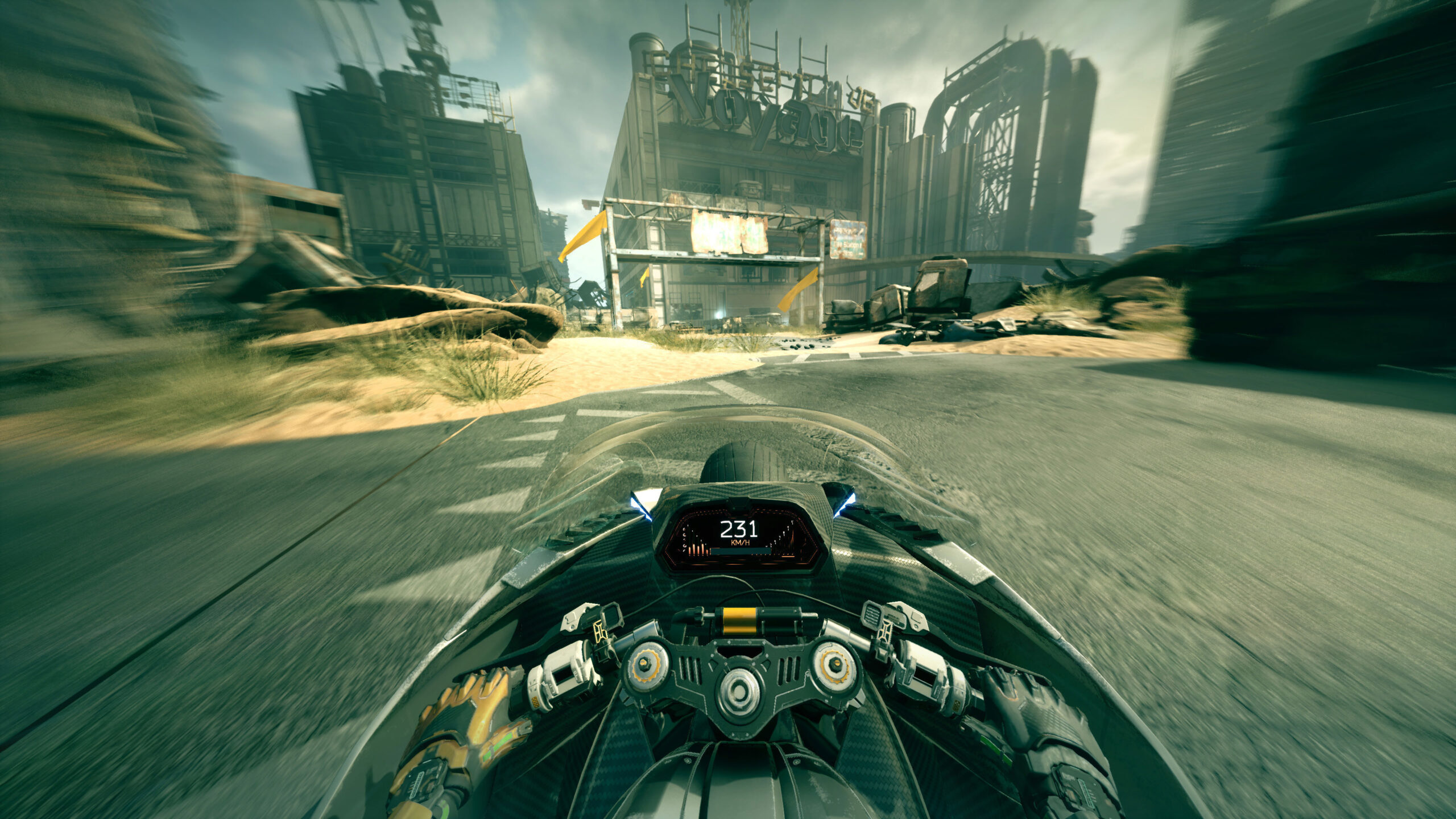
It delivers on a narrative level, however, it fails purely on function. Jack’s almost anachronistic motorcycle which is used purely to traverse the big, empty wasteland floats like a boat and handles much the same, in fact, it felt like all there was outside was geometry to get wedged in. I didn’t know what I hoped for when I wished for a glimpse beyond the Tower’s “safety” but it wasn’t this. To go from running through the undeniably cool as fuck Cybervoid to exploring this regular void for a better portion of the game’s second half felt like a waste. That said, the single coolest thing you can do in this sequel is abort the bike through a laser barricade only to reel it back using your gap jammer, it’s like a futuristic no-hander to seat grab.
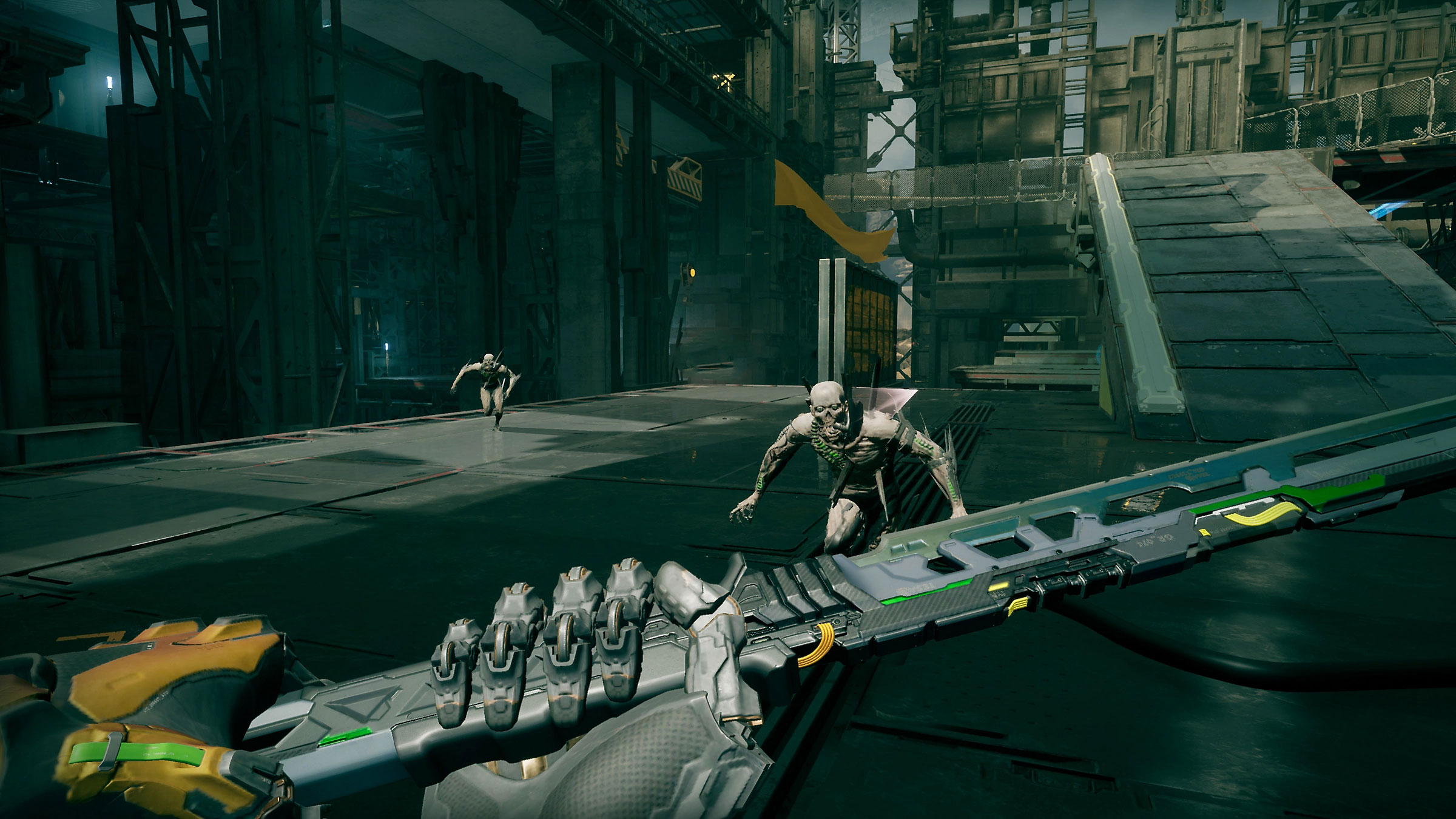
Jack’s capacity for power-ups is tied directly to his memory, which can be increased by collecting the numerous pick-ups throughout Dharma and beyond. Collecting enough will increase his memory level, meaning you’re able to equip more powers. This marks yet another change to how it’s presented to players after Project Hel already changed things up. I’m not sure that I prefer the sequel’s layout more than either of the others, but it’s perhaps a little clearer and less involved than it was before. As well as memory chips, artefacts and items are waiting in all corners of the game’s labyrinthian map and so Jack is well rewarded for searching for secret caches. I have always loved the customisation options and how Jack’s katana and arm can be personalised to a degree to make him yours.
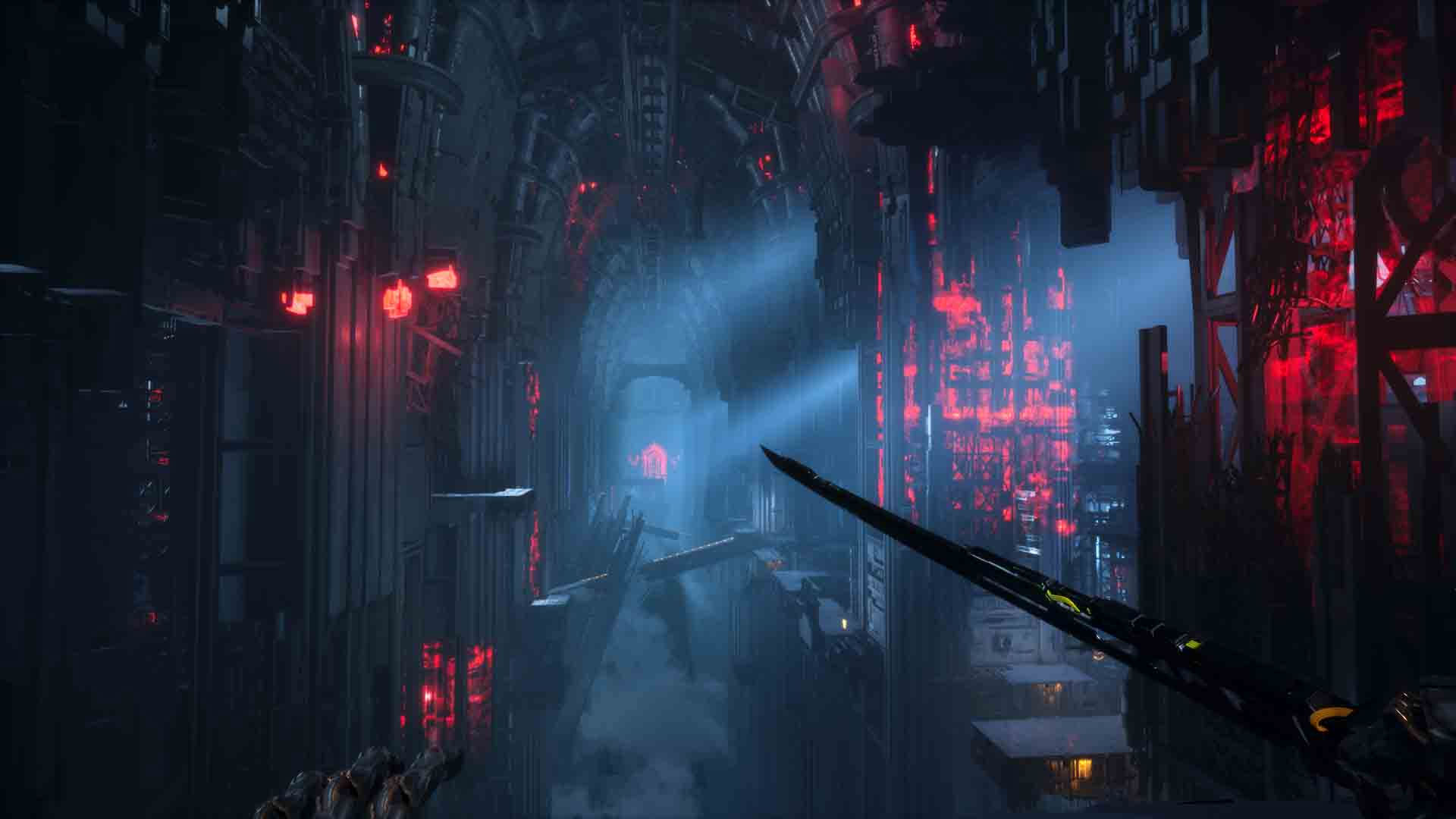
Performance is something of a mixed bag throughout the game. Funnily enough, I noticed more lag spikes in display modes favouring frame rate than in those that favour fidelity, with the Cybervoid being a hotbed of jutting frames. With it lacking that little bit of polish around the edges, it’s hard not to wonder whether Ghostrunner II got all of the time it needed. Even the animated prologue that recaps the first game is compressed beyond belief, which was a concerning opening, to say the least. With the excursion to the outside world, there’s also less of the neon and flair found in the Dharma cityscape. Outside of the Cybervoid and any scaled-up boss fight against the Asura, it’s mostly industrial browns and greys that don’t pop on-screen at all.
Project Hel didn’t feel like a worthy off-shoot for how great a game Ghostrunner was. Similarly, I feel as though this sequel only manages to half honour the things that made the first game special. The ‘fresh’ gimmicks here, being Jack’s bike and the wider world it so clunkily rolls on through, are bound to be the lead balloon that ultimately weighs down what could have been one of the year’s coolest sequels.
